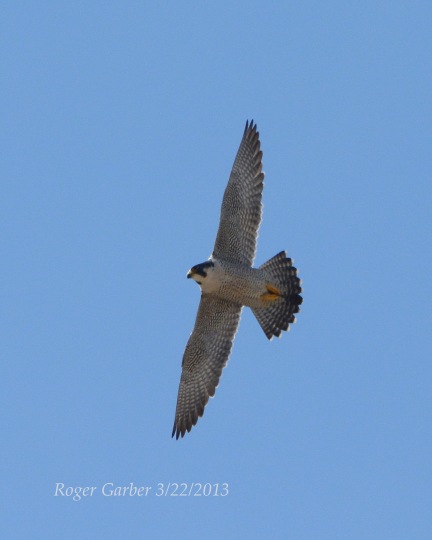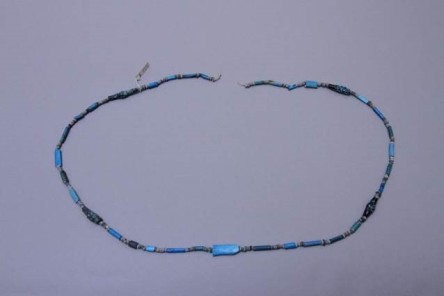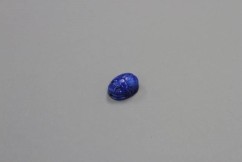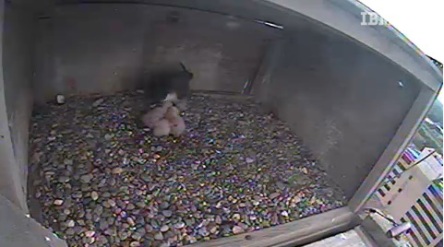By Elizabeth B. Fisher
Virginia Kettering is remembered through the Dayton area as a great philanthropist and benefactor of the community’s cultural and educational institutions. She was actively involved with the Dayton Society of Natural History (DSNH) starting in the early 1970s and integral to the building campaign for a new interpretive center at SunWatch Indian Village/Archaeological Park in the 1980s.

Teakettle
During her extensive travels around the world, Mrs. Kettering acquired a large collection of ethnographic artifacts representing many cultures, which she generously donated to the museum.
Mrs. K, as she was known, was born in Kentucky, but moved to Dayton with her family as a small child. In 1930, she married Eugene W. Kettering, the son of inventor Charles F. Kettering. The couple lived throughout the Midwest for about a decade before returning home to Dayton.
Mrs. Kettering loved Dayton and was highly active in the community well into her 70s. At the time of her death in 2003, it was estimated that she and her family had given more than $150 million to Dayton institutions.
Clockwise; Turban, Necklace, and Bowl.









 Howell
Howell 






 The third chick is a bit smaller than the two others that hatched 5 and 7 days ago. The parents take care of the chicks keeping them warm and providing food for them. The chicks are unable to thermoregulate well for the first 10 days of their lives.
The third chick is a bit smaller than the two others that hatched 5 and 7 days ago. The parents take care of the chicks keeping them warm and providing food for them. The chicks are unable to thermoregulate well for the first 10 days of their lives.
 e nest. This rocking opens the feathers that have curled over the brood patch and puts their skin in contact with the eggs.
e nest. This rocking opens the feathers that have curled over the brood patch and puts their skin in contact with the eggs.